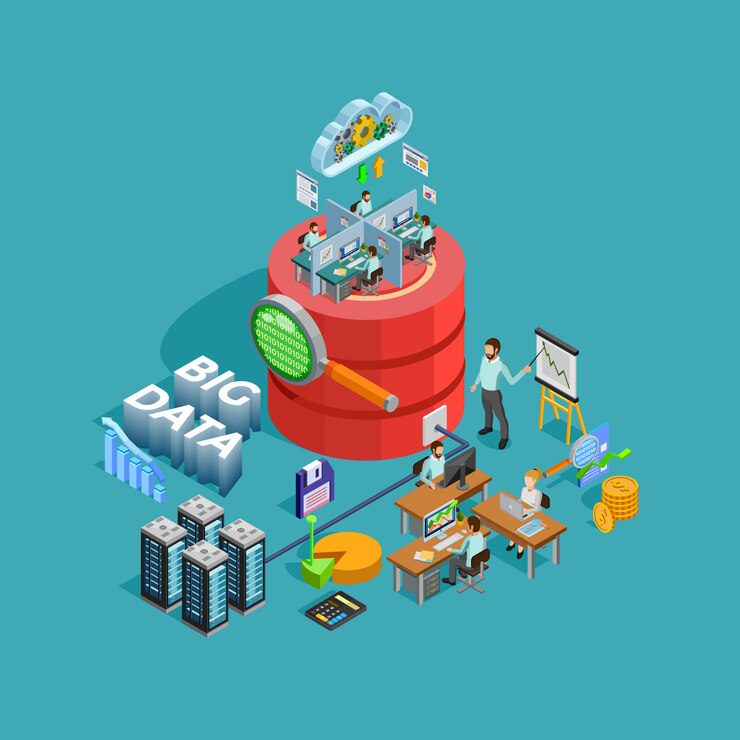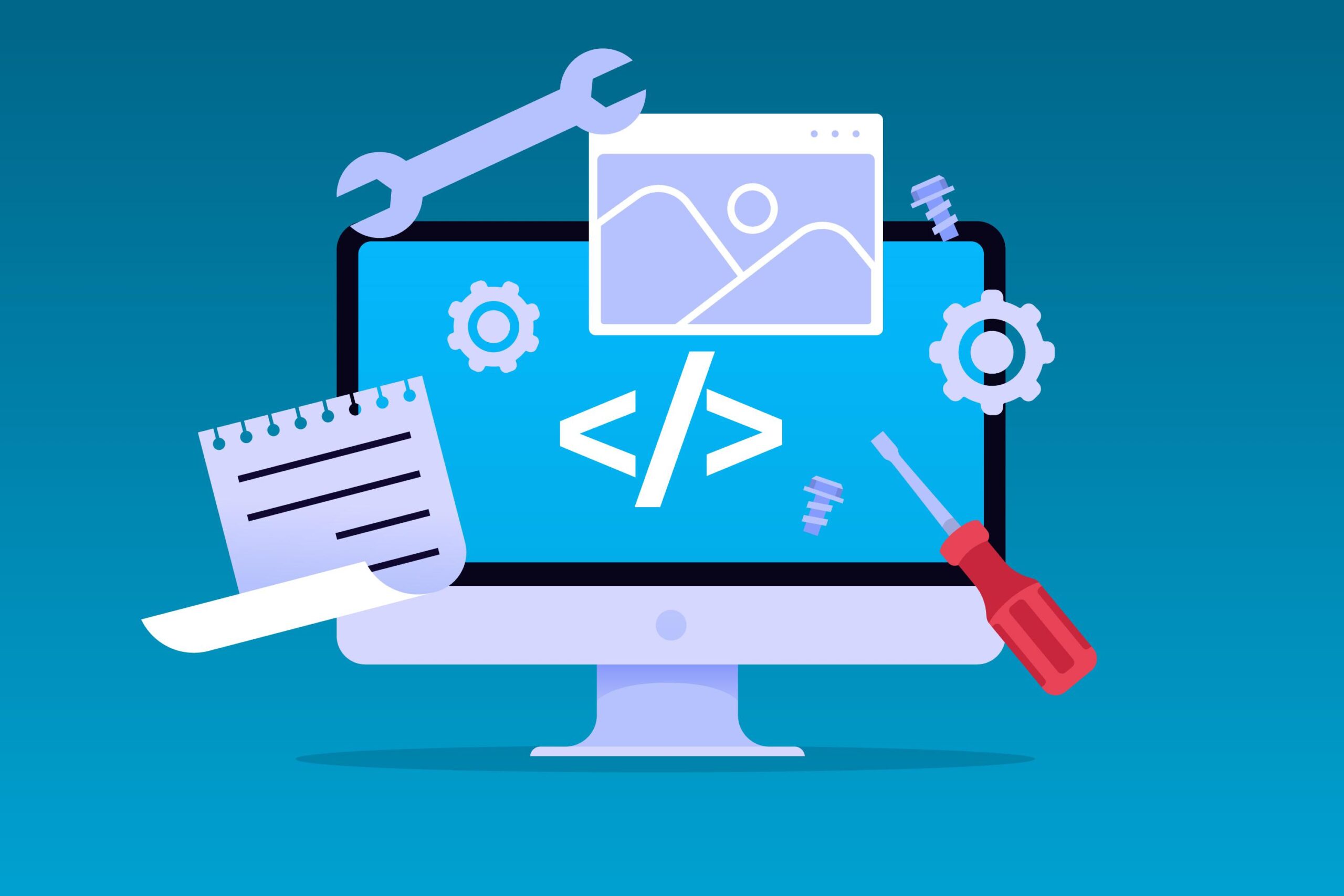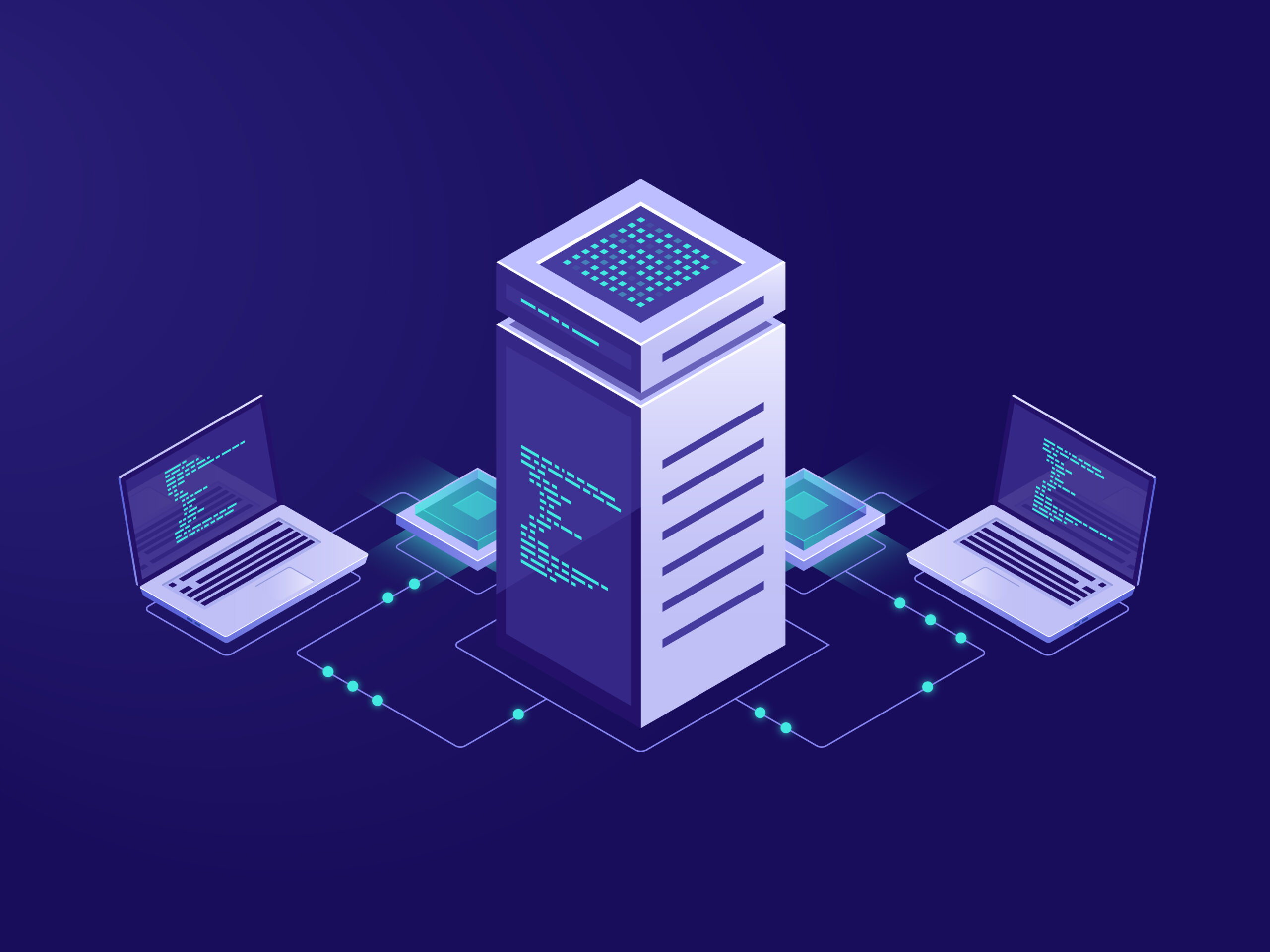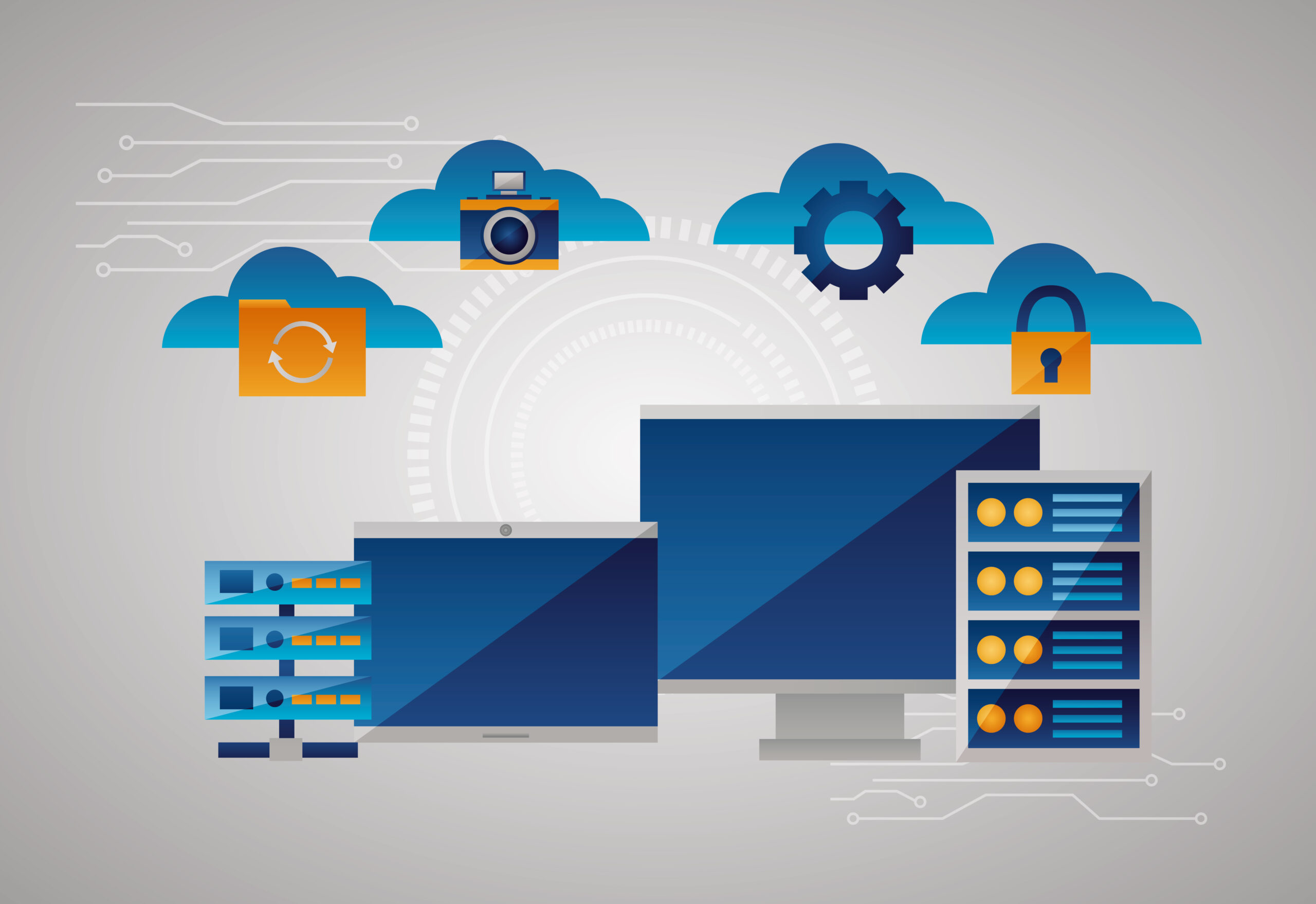Highlights
- The Big Data market is set to reach $401 billion by 2028 due to increased data value and real-time analysis needs.
- EDM includes Data Integration, ETL, Data Quality Management, Data Stewardship, Data Warehouses, Data Governance, and Data Security.
- EDM improves data accessibility, decision-making, operational efficiency, accuracy, and regulatory compliance.
- Essential tools include ERP, CRM, and SCM for managing, accessing, and securing data.
Did your business just launch an exciting new product? Or are orders rolling in, but you’re buried under a flood of data and your Information is scattered across different departments, sales reports don’t match up, and finding useful customer insights is tough.
If you have ever struggled with such data accuracy, security, or integration in your organization?Enterprise Data Management service is here to help you.
In this blog post, we’ll explore what EDM is all about, why it’s important for businesses of any size, and how it can make your data management smoother!
What Is Enterprise Data Management?
Every day, businesses gather huge amounts of data that need to be organized and managed so it’s easy to use and analyze. Experts say that in 2028 the Big Data market will reach $401 billion. This growth is because more companies see the benefits of effectively handling data. Also, many industries now value real-time data analysis and scalable systems.
So, what exactly is Enterprise Data Management services (EDM)?
EDM is a set of methods and practices that helps businesses store, protect, access, and manage their data.
It includes making sure that the workforce handles data correctly. The main goal of EDM is to provide accurate, organized information that supports analysis and helps businesses make better decisions.
What are the Elements of Enterprise Data Management Services?
Enterprise Data Management (EDM) relies on several key features that help businesses store and manage data effectively. Here are the core parts of the EDM framework:
- Data Integration
This involves mixing data from different sources into one place. It makes collaboration easier and provides valuable insights quickly. Data integration helps reduce errors and saves time.
- ETL (Extract, Transform, Load)
ETL is the process of moving data from one system to another. It extracts data from less optimized sources, transforms it, and loads it into a central system, like a data warehouse, for better analysis.
- Data Quality Management
Data quality management (DQM) involves checking and improving data quality through cleansing, integrity checks, and enrichment. High-quality data helps organizations run smoothly and make better decisions.
- Data Stewardship
Data stewardship focuses on managing and maintaining data throughout its lifecycle. It includes defining data models, documentation, cleansing, and policy development to ensure data is accessible, compliant, and secure.
- Data Warehouses
A data warehouse is a large, organized collection of business data. It stores, processes, and analyzes information and can be cloud-based or on-premises. Unlike data lakes, which store raw and unstructured data, data warehouses offer a refined and accurate source of truth for business decisions.
- Data Governance
Data governance includes policies and processes that assign responsibilities for data management. It ensures data is handled ethically and accurately, protecting user privacy and maintaining data integrity.
- Data Security
Data security is crucial for protecting data from theft, loss, or damage. Effective security methods are essential to safeguard and protect data within the organization.
Why are Enterprise Data Services Important for Business Success?
Enterprise data management services are crucial for managing data effectively. It helps businesses collect, secure, and refine data to make it useful and reliable. Here’s why database managed services are important:
- Makes data available at all levels of the organization.
- Provides valuable information for making data-driven decisions.
- Streamlines processes and operations.
- Ensures data remains accurate and consistent.
- Helps businesses use data to plan for the future.
- Promotes responsible data management across departments.
- Ensures data handling meets regulatory and compliance standards.
- Protects user privacy and keeps data confidential.
- Supports strategic planning with reliable data.
- Reduces time spent fixing data inconsistencies.
- Builds trust and loyalty among employees.
- Improves how data analytics is managed.
A well-designed EDM system helps create an organized and trustworthy business that uses data to make informed decisions. With an effective EDM strategy, companies can use data to strengthen their operations and policies.
Which Software is Used for Enterprise Data Services?

Enterprise Data Management Software is used for EDM to support data analytics within a business. It includes tools and enterprise data lake engineering services that structure scattered data, ensure data accuracy, and boost productivity. There are three main types of EDM software:
- Enterprise Resource Planning (ERP): Manages various business functions and processes.
- Customer Relationship Management (CRM): Handles interactions with customers and potential clients.
- Supply Chain Management (SCM): Oversees the flow of goods, data, and finances.
Effective EDM software helps with storing data, improving accessibility, automating services, and standardizing processes. It also ensures data security and compliance with regulations while providing real-time data analysis to support decision-making. While EDM software is valuable for businesses, it’s crucial to consider data integrity from all perspectives.
Best Practices for Enterprise Data Management Framework

Here are some best practices for setting up an Enterprise Data Management (EDM) framework:
#1 Audit Your Data Management
Start with a thorough auditing of your current EDM solutions. Evaluate how effectively they manage and process your data. This audit will help you identify any weak spots or areas needing improvement. It also provides a comprehensive view of your organization’s data assets, giving you a solid starting point for enhancements.
#2 Set Clear Goals
Clearly define what your business wants to achieve with its data management. Make specific, measurable objectives that align with your overall business strategy. Create a realistic plan that outlines the steps needed to reach these goals. Don’t forget to adjust your goals to stay on track regularly.
#3 Appoint Data Management Leaders
Designate a dedicated leader or team to oversee your data management efforts. This person should deeply understand your company’s data needs and be committed to achieving your business goals. They will be responsible for making strategic decisions, ensuring data quality, and managing the implementation of data management policies.
#4 Invest in Quality Data
Ensure that your EDM framework incorporates high-quality data sources. Also, invest in tools and technologies that help you collect, store, and analyze data effectively. Quality data improves decision-making and maximizes your return on investment. Regularly review and clean your data to maintain its accuracy and relevance.
#5 Implement Data Governance
Establish strong data governance practices by setting clear rules and standards for data management. This includes defining data ownership, data stewardship, and data privacy policies. Enforce these rules consistently to protect your data and ensure compliance with regulations. Effective data governance helps maintain data integrity and security.
#6 Educate Your Team
Training and awareness are crucial for successful data management. Provide your employees with the knowledge and skills needed to handle data responsibly. Also, training sessions and resources on best practices in data management should be offered.
#7 Choose the Right Tools
Select EDM tools and technologies that fit your specific business needs. Look for tools offering features like data tier assessment, quality management, and analytics. The right tools will boost your ability to manage and leverage your data effectively, making achieving your data management goals easier. Moreover, regularly assess and update your tools to keep up with technological advancements.
Final Words
Enterprise data management services are essential for businesses seeking to leverage their data effectively. As the Big Data market expands, robust EDM practices ensure that data is well-organized, accessible, and secure, enhancing decision-making and operational efficiency. By incorporating key components like data integration, ETL, and data quality management, businesses can optimize their data processes and achieve strategic objectives.
Also, if you’re struggling with inefficient database management or unsure if your data systems are optimized for peak performance? Tambena Consulting is here to help with our top-tier Database Management and Database Tier Assessment Services.
Our expert team specializes in enhancing your database infrastructure, ensuring seamless integration, improved performance, and robust security. Contact us to streamline your operations and empower your data-driven decisions with reliable, high-quality data management.






